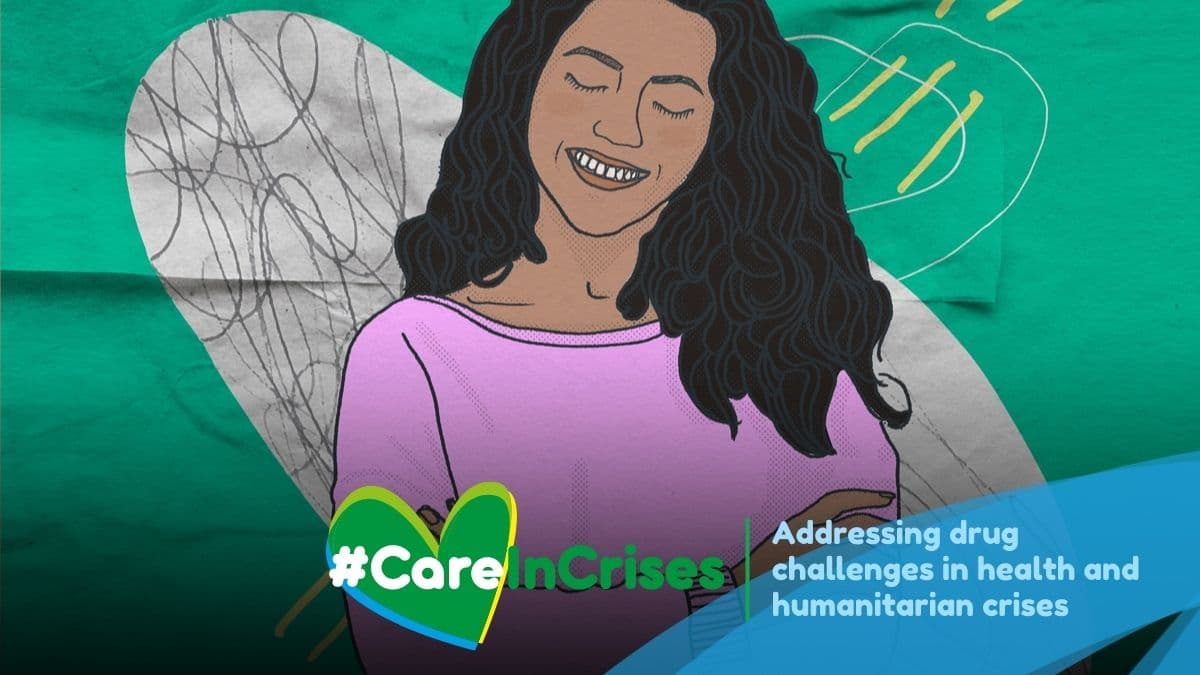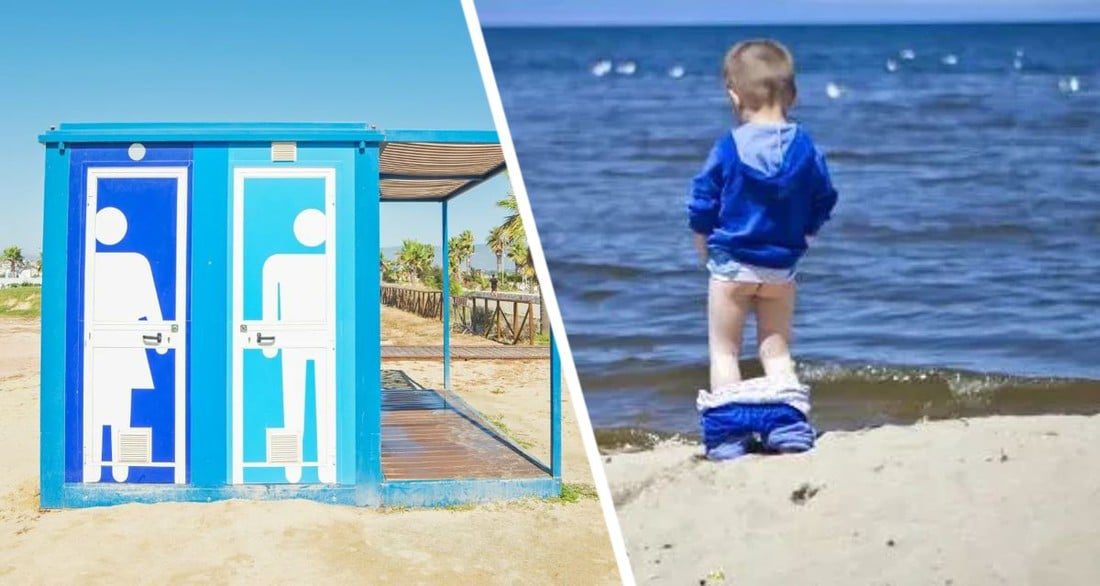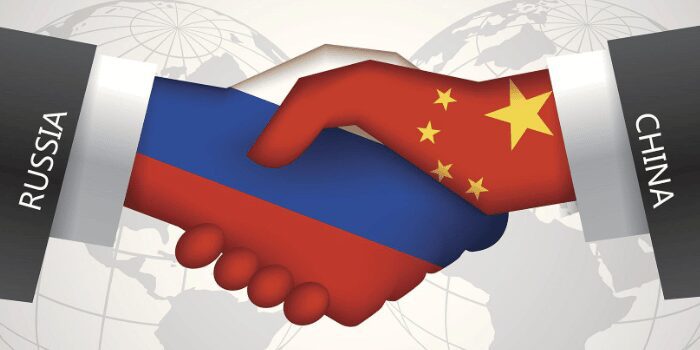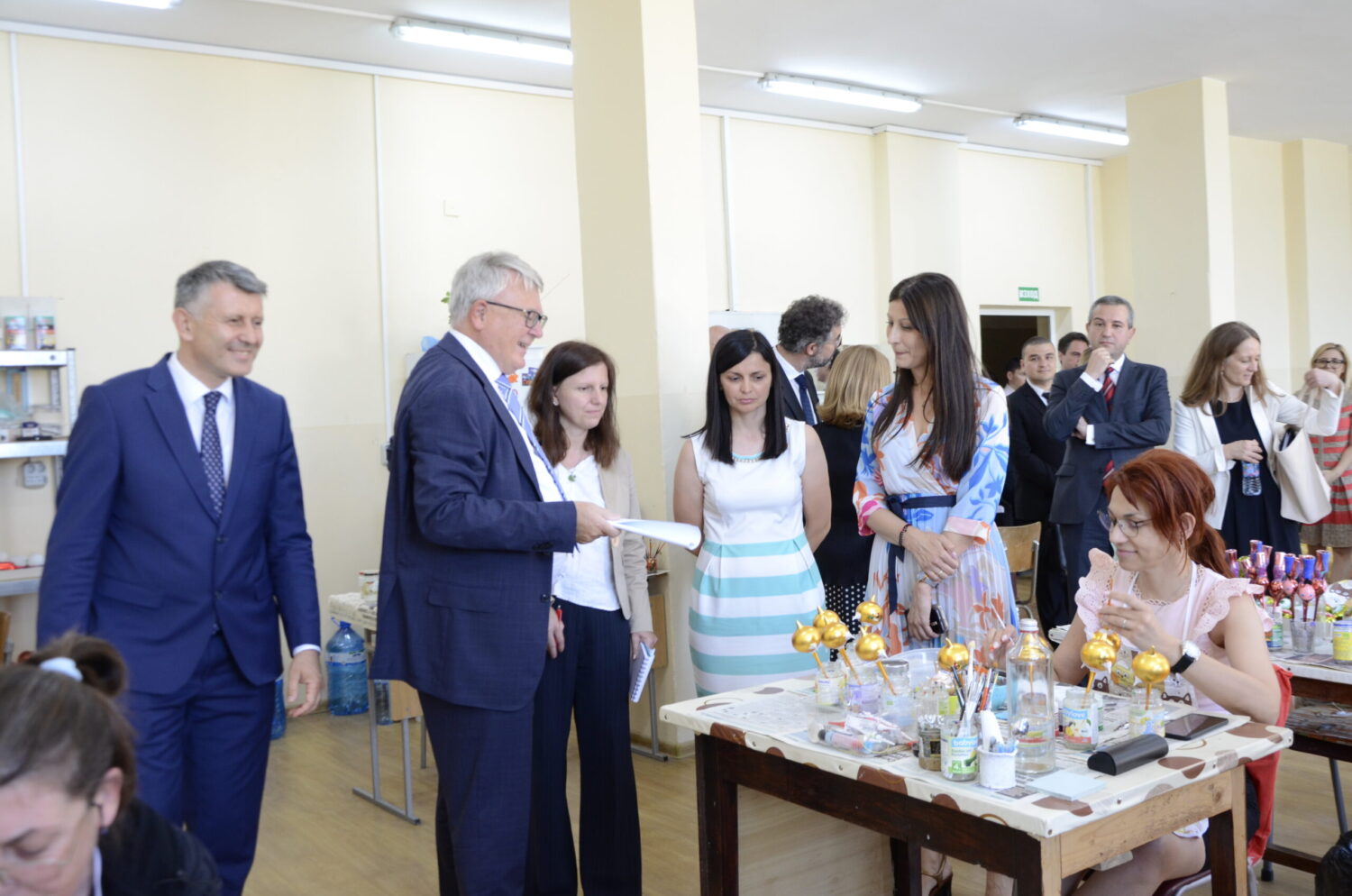The Green Deal is the EU’s answer to the ongoing climate crisis. Find out more about this roadmap for a climate-neutral Europe.
In November 2019, the Parliament declared a climate emergency asking the European Commission to adapt all its proposals in line with a 1.5 °C target for limiting global warming and ensure that greenhouse gas emissions are significantly reduced.
In response, the Commission unveiled the European Green Deal, a roadmap for Europe becoming a climate-neutral continent by 2050.
More on the EU responses to climate change
Achieving Green Deal goals
Enshrining climate neutrality in law
Parliament adopted the EU Climate Law on 24 June 2021, which makes legally binding a target of reducing emissions 55% by 2030 and climate neutrality by 2050. This moves the EU closer to its post-2050 objective of negative emissions and confirms its leadership in the global fight against climate change.
Parliament and Council reached a provisional agreement to increase the EU’s 2030 emissions reductions target from 40% to at least 55%. Parliament adopted the EU Climate Law on 24 June 2021. The 2030 target and 2050 goal of climate neutrality will be legally binding, moving the EU closer to its post-2050 objective of negative emissions and confirming its leadership in the global fight against climate change.
It should allow the targets to be more easily applied to legislation and should create benefits such as cleaner air, water and soil; reduced energy bill; renovated homes; better public transport and more charging stations for e-cars; less waste; healthier food and better health for current and future generations.
Business will also benefit as opportunities are created in areas where Europe aims to set global standards. It is also expected to generate jobs, for example in renewable energy, energy efficient buildings and processes.
Find out about the EU’s contributions to global climate measures in our timeline
Fit for 55
For the EU to reach the 2030 target, the Commission proposed a package of new and revised legislation known as Fit for 55 in 2021, comprising 13 interlinked revised laws and six proposed laws on climate and energy.
On 22 June, Parliament adopted its position on:
- the revision of the emissions trading scheme (ETS) to include polluting sectors, such as buildings and road transport and phase out free allowances by 2032
- the implementation of the carbon leakage instrument that should put a carbon price on imported goods to counter relocation to countries with less ambitious climate targets
- a fund to ensure a fair energy transition by tackling the resulting energy and mobility poverty, funded by the auctioning of ETS allowances
Earlier in June, MEPs adopted their position on:
MEPs will decide on their position on energy topics such as renewables, efficiency and taxes in the coming months.
Read more on current EU measures to reduce greenhouse gas emissions
Boosting the circular economy
In addition the Commission presented the EU Circular Economy Action Plan in March 2020, which includes measures along the entire life cycle of products promoting circular economy processes, fostering sustainable consumption and guaranteeing less waste. It will focus on:
In July 2022, MEPs are expected to vote on the EU’s new industrial strategy to help businesses overcome the Covid-related crisis and make the transition to a greener, circular economy. In November 2021, MEPs called for a more comprehensive EU strategy for critical raw materials to make Europe less dependent on the imports of critical raw materials that are crucial for its strategic industries.
Find out more about the benefits of the circular economy and how the Parliament fights plastic pollution.
Creating a sustainable food system
The food sector is one the main drivers of climate change. Even though EU agriculture is the only major farm sector worldwide to have reduced its greenhouse gas emissions (by 20% since 1990), it still accounts for about 10% of emissions (of which 70% are due to animals).
The Farm to Fork strategy, presented by the Commission in May 2020, should guarantee a fair, healthy and environmentally friendly food system, whilst ensuring farmers’ livelihoods. It covers the entire food supply chain, from cutting the use of pesticides and sales of antimicrobials by half and reducing the use of fertilisers to increasing the use of organic farming.
Parliament welcomed the EU’s farm to fork strategy in a resolution adopted in October 2021, but added recommendations to make it even more sustainable. Parliament specified that the Fit for 55 package should include ambitious targets for emissions from agriculture and related land use.
Preserving biodiversity
At the same time the EU aims to tackle the loss in biodiversity, including the potential extinction of one million species. The EU Biodiversity Strategy for 2030, unveiled in May 2020 by the Commission, aims to protect nature, reverse the degradation of ecosystems and halt biodiversity loss.
Parliament adopted its position on the EU Biodiversity Strategy for 2030: bringing nature back into our lives on 8 June 2020, insisting that its implementation is consistent with other European Green Deal strategies.
Parliament has been advocating sustainable forestry as forests play an essential role in absorbing and offsetting carbon emissions. MEPs also recognise forestry’s contribution to creating jobs in rural communities and the role the EU could play in protecting and restoring the world’s forests.
Find out climate change facts and figures
Financing the green transition
In January 2020, the Commission presented the Sustainable Europe Investment Plan, the strategy to finance the Green Deal by attracting at least €1 trillion worth of public and private investment over the next decade.
As part of the investment plan, the Just Transition Mechanism should help alleviate the socio-economic impact of the transition on workers and communities most affected by the shift. In May 2020, the Commission proposed a public sector loan facility to support green investments in regions dependent on fossil fuels, which was approved by the Parliament in June 2021.
Parliament and Council agreed on the introduction of new sources of revenue to fund the EU budget and the Covid-19 economic recovery plan. These would include proceeds from the Emissions Trading System and a carbon border adjustment mechanism that would impose a levy on imports of certain goods.
To encourage investment in environmentally sustainable activities and prevent companies falsely claiming their products are environmentally friendly – practice known as green-washing -Parliament adopted new legislation on sustainable investments in June 2020. In November 2020, MEPs also asked for a shift from an unsustainable to a sustainable economic system, as crucial to develop the long-term strategic autonomy of the EU and to increase the EU’s resilience.
Discover how the Just Transition Fund will help EU regions make the transition to a greener economy














